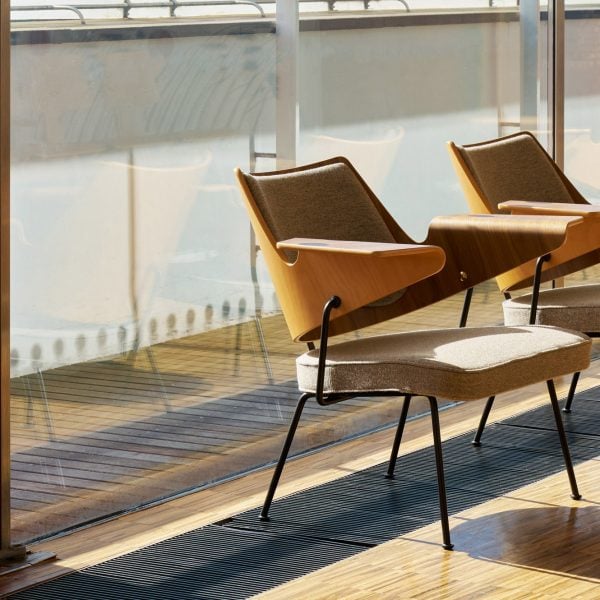Designers Robin and Lucienne Day looked internationally to learn about modernism as contemporary design was unknown in the UK at the time, explains their daughter Paula Day in this interview for our mid-century modern series.
Paula Day, who is the founder of the Robin and Lucienne Day Foundation, spoke to Dezeen about her parents’ early work at this year’s London Design Festival, where Danish brand &Tradition was showcasing Robin Day’s furniture and Lucienne Day’s textile designs at the Royal Festival Hall.
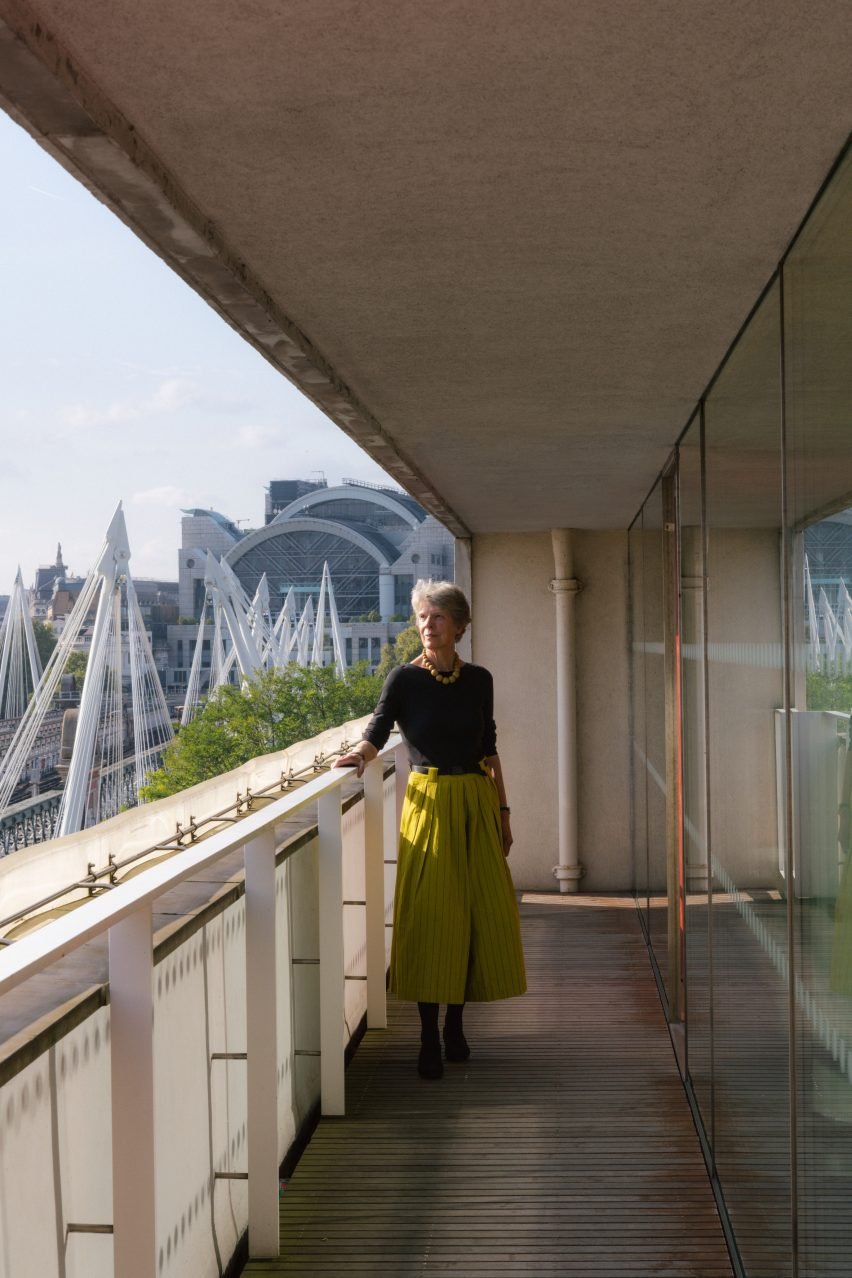
Designed as Robin Day’s first major furniture commission, four of the pieces on display were originally created in 1951 for the Royal Festival Hall as part of the Festival of Britain. The pieces that have been reissued are an outdoor chair, an outdoor table, an armchair and a lounge chair.
“I think he was probably very stimulated and inspired by the ethos of a festival,” Paula Day told Dezeen.
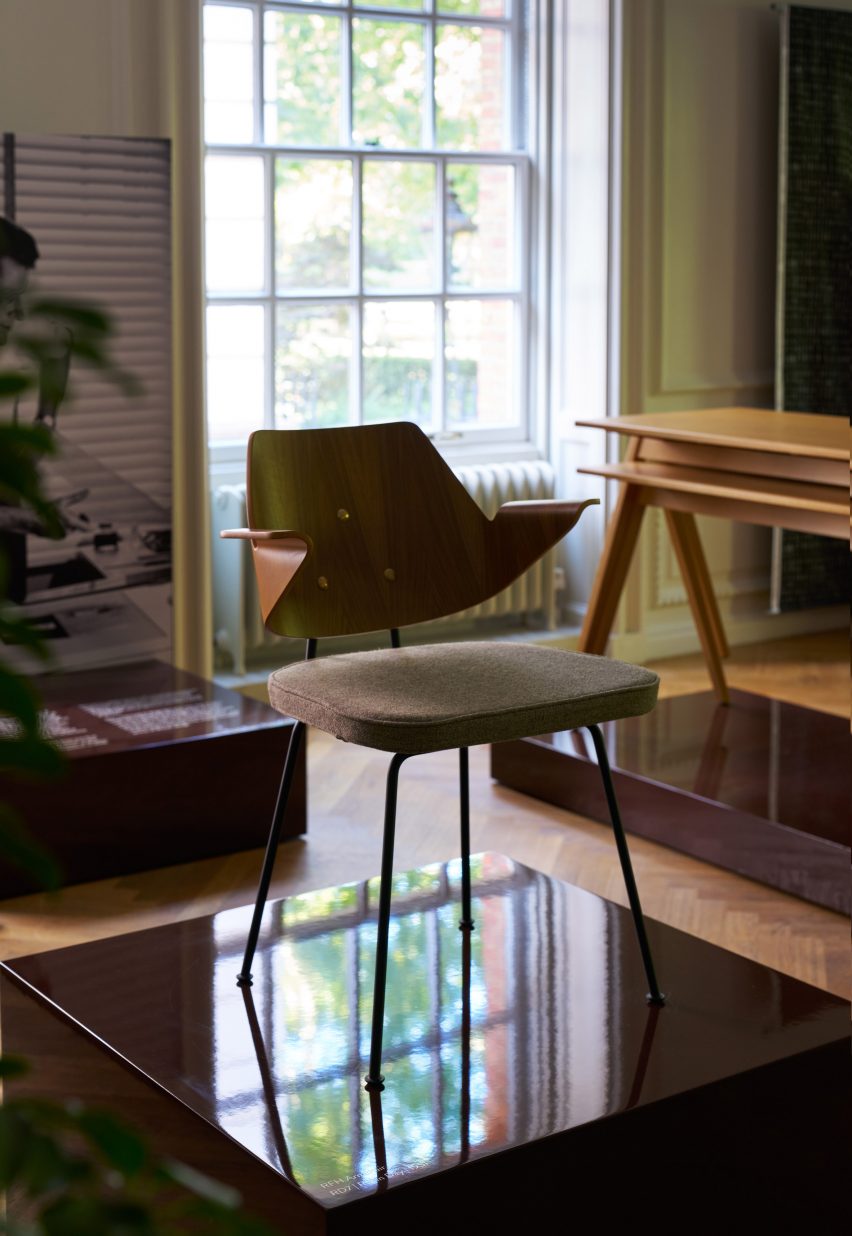
Robin Day originally gained attention when he, together with designer Clive Latimer, won the storage category of the New York Museum of Modern Art’s Low-Cost Furniture Competition in 1948.
The designer eventually became known for his work with different materials, bringing moulded plywood to the UK and creating the first polypropylene chair.
“He was a great materials innovator; for example, bringing moulded plywood to the UK, and of course, in the 1960s, being the world pioneer of polypropylene as a new material,” Paula Day said.
“Throughout his career, working with new materials and new technology was a character of his work.”
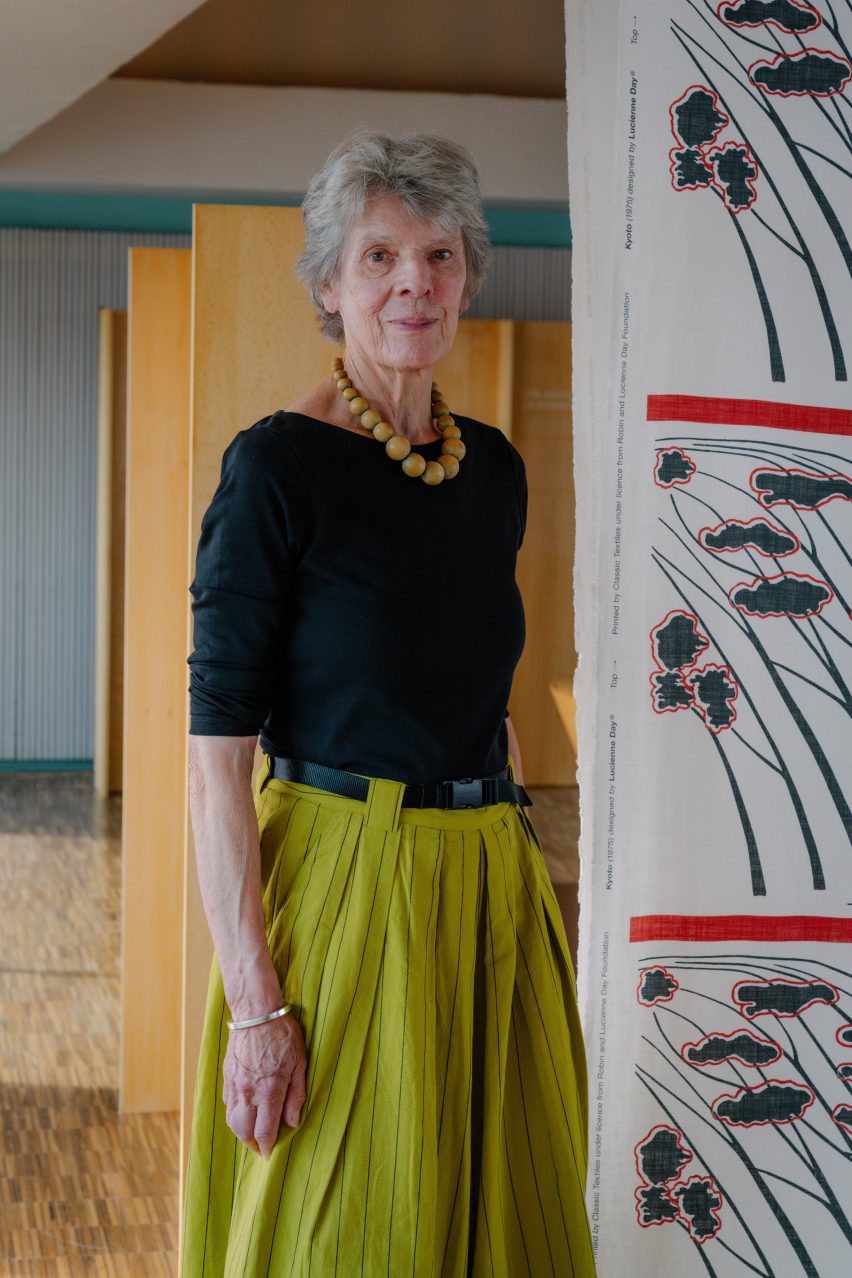
According to their daughter, when Robin and Lucienne Day began their careers, the design didn’t exist as a profession in the UK, which meant they essentially had to teach themselves.
“When my father was brought in to design furniture for the Royal Festival, there probably weren’t many people in Britain who could have done that,” Paula Day said.
“I remember my father saying that when they started, design was a new profession – when he studied at the Royal College of Art, there was no one there who knew about contemporary furniture design,” she added.
“His tutor, apparently, was a specialist in medieval frescoes, and so he taught himself by reading magazines and trying to learn about international modernism.”
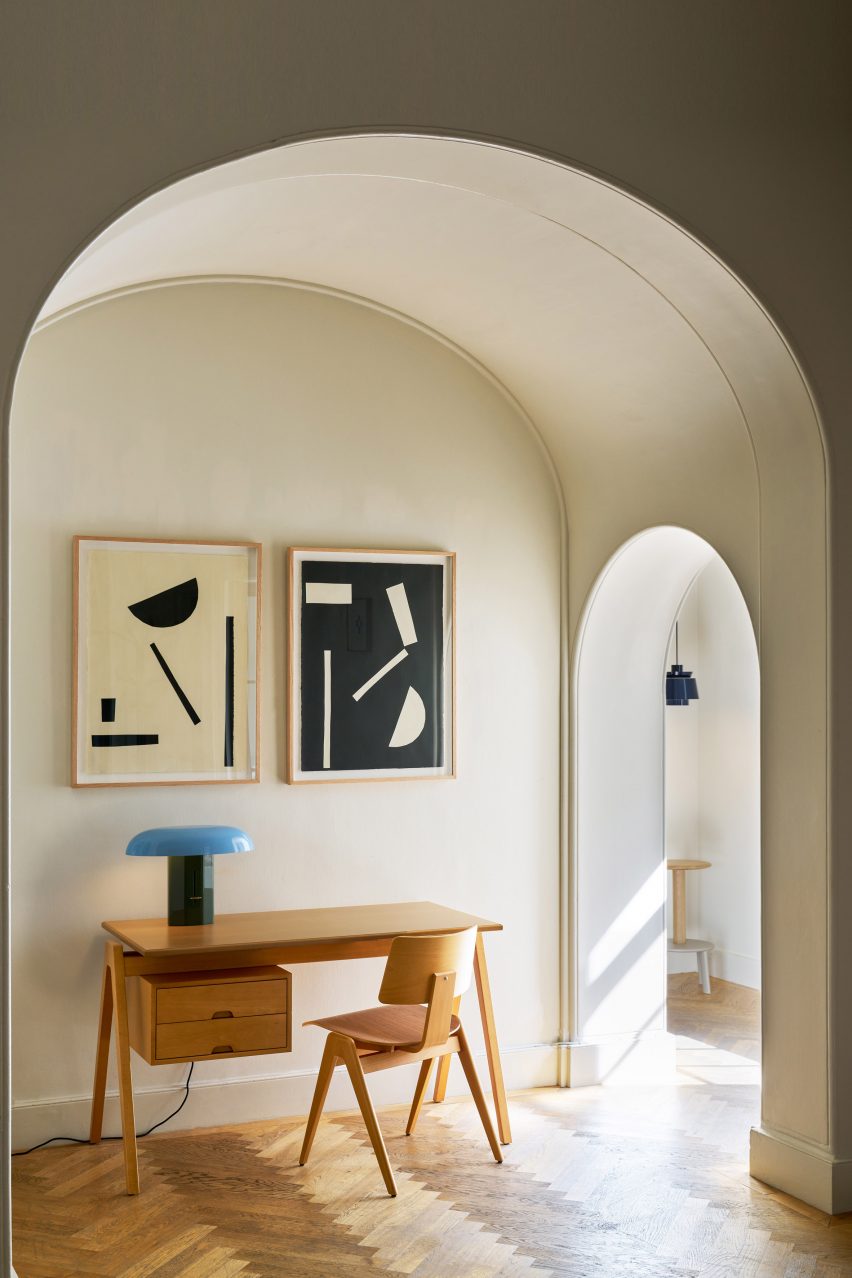
Both Robin and Lucienne Day were influenced by designers working abroad, especially in Scandinavia and the US, two global locations that have become very associated with mid-century modern design.
“Both of them would have a very international perspective and be looking to Scandinavia, perhaps Italy, certainly the US,” Paula Day said.
“My father was very influenced by American design and the industrial element,” she added. “He was inspired by Danish design, but he was also inspired by American design and the new materials that, say, Eames introduced.”
“That’s where they would be getting their inspiration from, not from a tutor at the RCA in London, not from other designers in the UK because there weren’t any, or very few.”
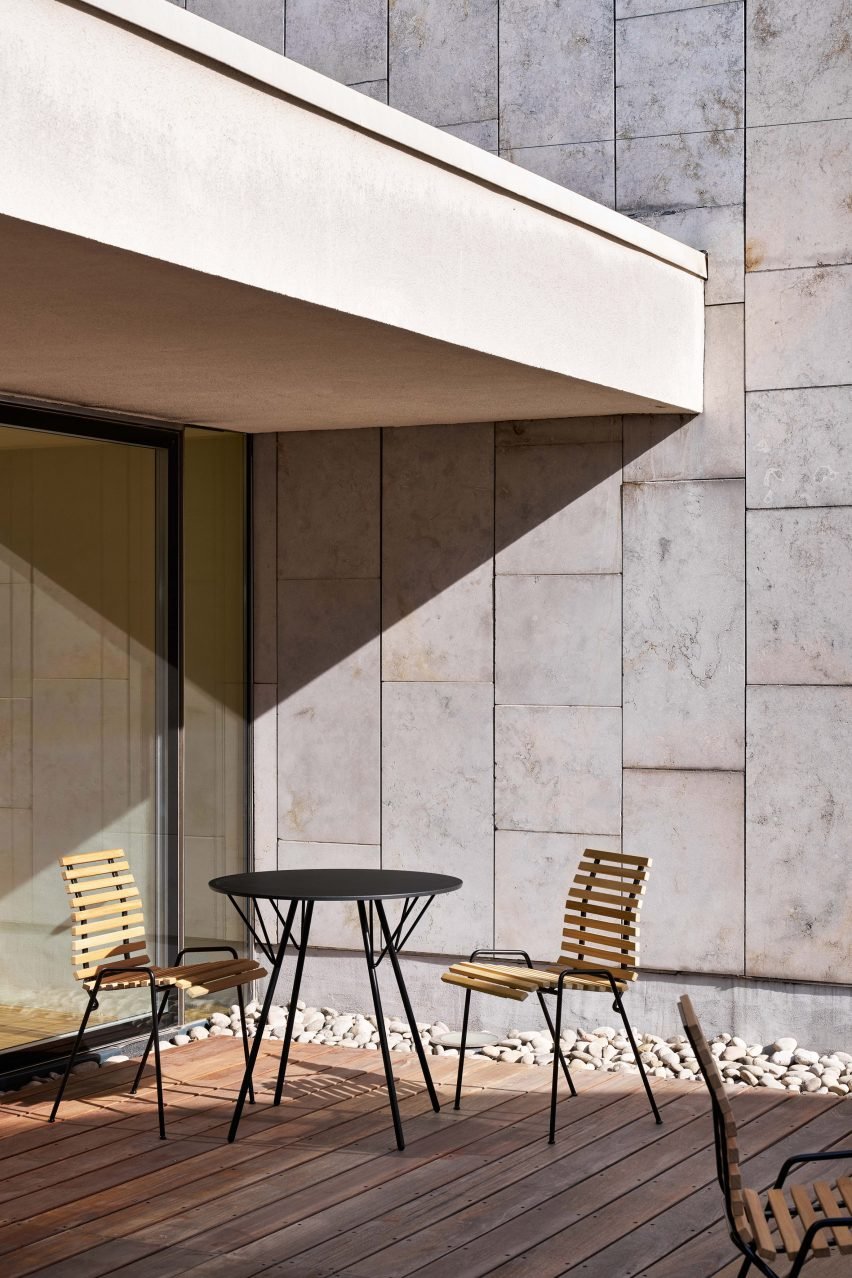
As well as working with innovative materials, another characteristic of Robin Day’s designs is that they often combine different materials.
For his RFD Terrace chair, an outdoor chair designed for the Royal Festival Hall’s restaurant and foyer, he combined timber and steel to create an elegant, slatted design.
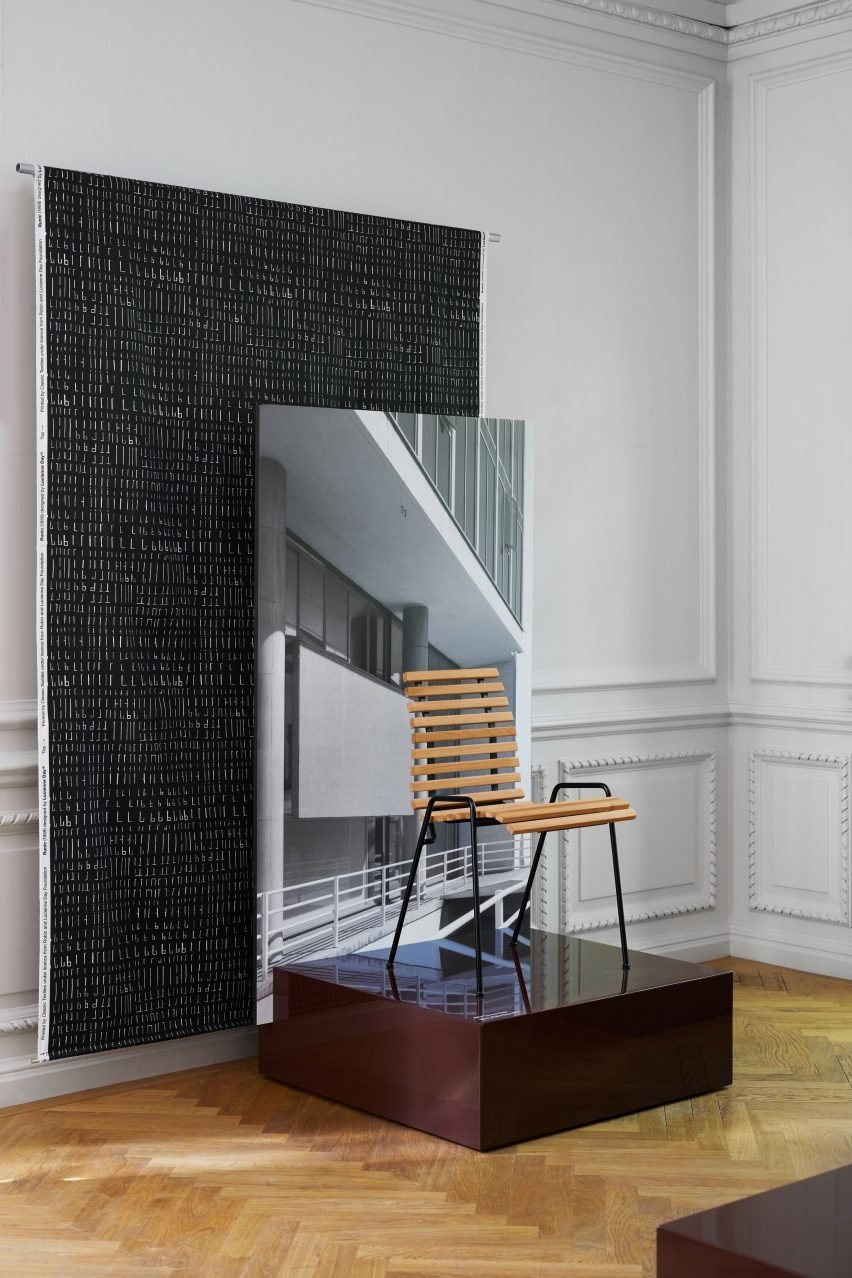
The chair never made it into general production and was lost for years, until a single one was found in the Royal Festival Hall archive.
“He was responding to needs, and he did a lot of public seating, so he was meeting very stringent contract briefs,” Paula Day said. “He had a strong feeling about design that was affordable and accessible to the public.”
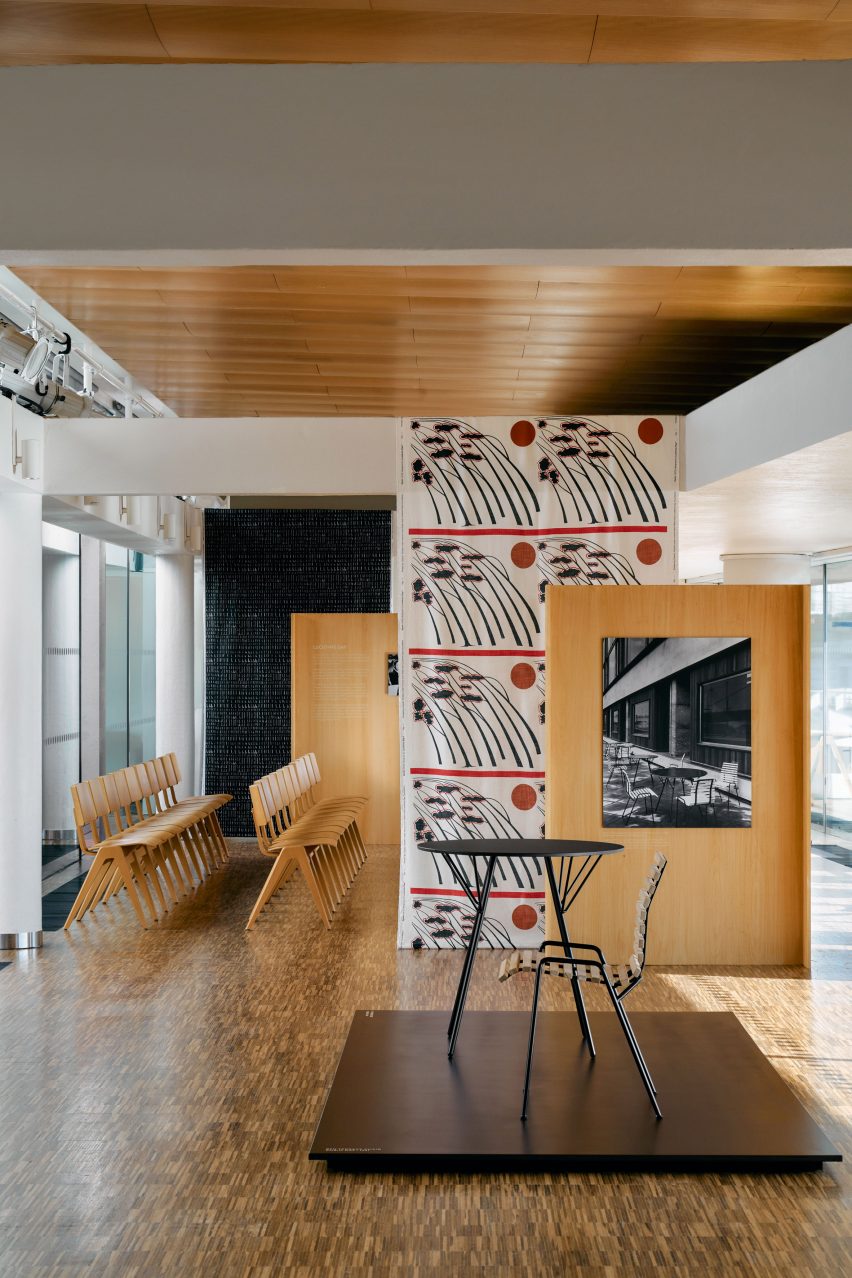
Ultimately, the designs are the result of “creative freedom,” Paula Day said.
“There’s almost an innocence, I think, about the approach – the Royal Festival lounge chair and dining chair, they have an animated quality that I think is really charming,” she said.
“The dining chair almost looks like a little creature, with a little face and little flippers and the lounge chair looks like it’s about to take off with its wings,” she added.
“That’s just a great creative freedom, coming up with these designs.”
The photography is courtesy of &Tradition.
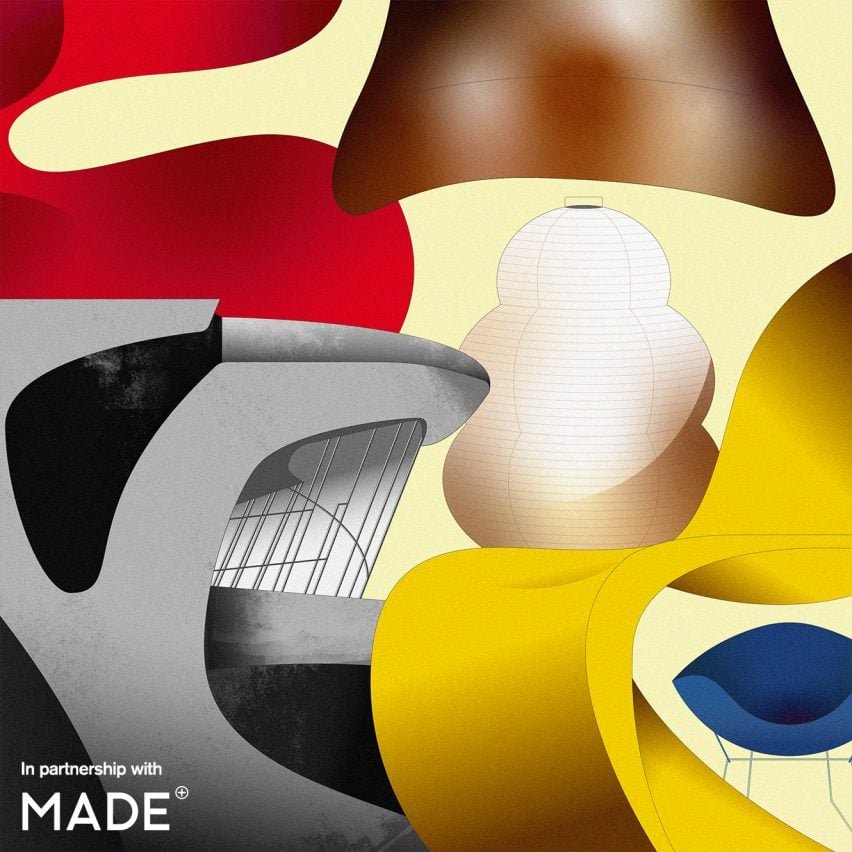
Mid-century modern
This article is part of Dezeen’s mid-century modern design series, which looks at the enduring presence of mid-century modern design, profiles its most iconic architects and designers, and explores how the style is developing in the 21st century.
This series was created in partnership with Made – a UK furniture retailer that aims to bring aspirational design at affordable prices, with a goal to make every home as original as the people inside it. Elevate the everyday with collections that are made to last, available to shop now at made.com.

